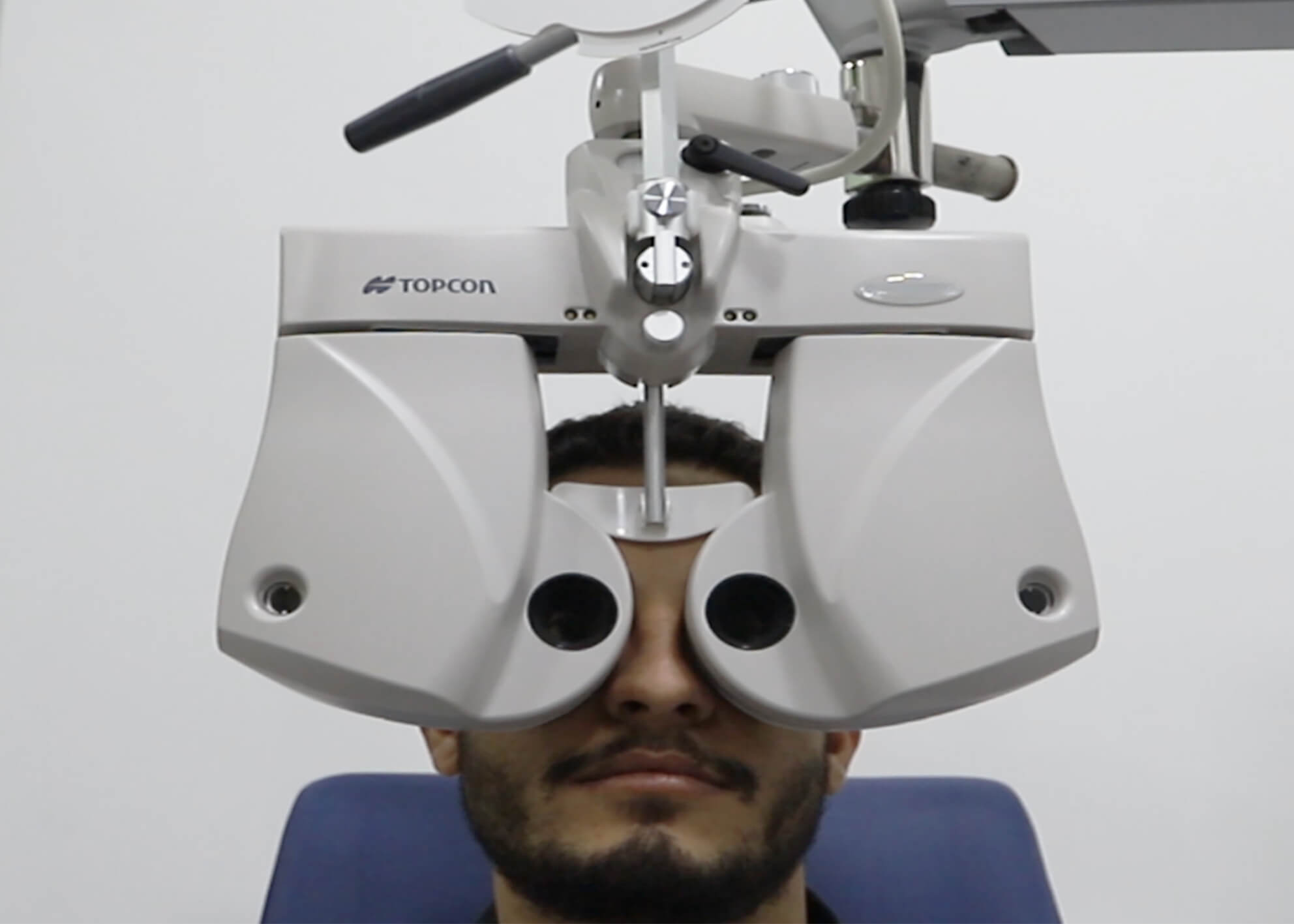Adult Cataract at Eye Clinic DRHC Dubai
Adult Cataract:
Many of us take it for granted that we open our eyes in the morning and have a pretty clear vision of the world, but as we get older we start having trouble seeing as sharp as we used to. Elderly people are particularly at high risk of getting cataracts.
Normally the lens in our eye is clear. It works like a lens in the camera, when light hits the lens it focuses the image in the back of your eye.
A cataract is when you have a cloud over your lens, occurring with age, due to changes in protein content. They are more common after the age of 60, but some people are at risk of getting a cataract early.
Who is at high risk?
Diabetic patients, eye injuries, smokers, history of previous eye surgery, and people who go out without using sunglasses (excessive UV ray exposure).
It is time to quit smoking, lose weight, control your blood sugar, protect your eyes, use your sunglasses, and stay healthy.
How will it affect my vision?
You will start having a drop in vision or fogginess even in daylight, seeing halos around the light and glare, a decrease in the color intensity, and frequent changes in your glasses prescription.
Is cataract treatable?
An early cataract needs close regular eye checking using a slit lamp at the eye clinic. The doctor will change your glasses prescription, advice for better lighting especially when reading and may prescribe a magnifying lens.
You can not leave your cataract untreated for a long time, as dense cataracts can later lead to many complications like increased intraocular pressure. One simple procedure of cataract extraction can protect you from permanent vision loss.
Cataract extraction procedure with intraocular lens (IOL) implantation is usually the only treatment when you are no longer able to do your usual activities like driving, reading, or using the computer.
Are there different types of Cataracts?
Nuclear Cataracts:
This is the most common type of cataract and typically occurs as part of the aging process. Nuclear cataracts affect the center of the lens, gradually causing it to become yellow or brown and leading to a reduction in near vision. Colors may appear faded, and the overall clarity of vision diminishes. Individuals with nuclear cataracts might initially experience improved distance vision, a phenomenon known as "second sight," but this is temporary and eventually gives way to further vision deterioration.
Cortical Cataracts:
Cortical cataracts form in the lens cortex, the outer edges of the lens. They appear as wedge-shaped opacities that extend from the periphery of the lens toward the center. These opacities scatter light and cause glare, especially during activities like driving at night or in bright sunlight. Cortical cataracts can also lead to difficulties in perceiving contrast and depth.
Posterior Subcapsular Cataracts (PSC):
PSC cataracts develop on the back surface of the lens capsule, which is the thin transparent membrane that surrounds the lens. These cataracts often progress more rapidly than other types and can significantly impact near and distant vision. PSC cataracts tend to cause increased sensitivity to glare, halos around lights, and difficulty reading or performing tasks that require clear vision in various lighting conditions.
Congenital Cataracts:
While most cataracts develop with age, some individuals are born with cataracts or develop them shortly after birth. These congenital cataracts can be caused by genetic factors, infections during pregnancy, or metabolic disorders. Early detection and intervention are crucial for children with congenital cataracts to prevent long-term vision problems.
Traumatic Cataracts:
Traumatic cataracts are a result of eye injuries or trauma, such as a direct blow to the eye. These cataracts can develop immediately after the injury or may take some time to manifest. Depending on the severity of the trauma, the cataract may impact only a portion of the lens or the entire lens, leading to various degrees of vision impairment.
Secondary Cataracts:
Also known as posterior capsule opacification (PCO), secondary cataracts can develop after cataract surgery. In this case, cells from the natural lens that remain within the eye can proliferate and cause clouding of the lens capsule. Secondary cataracts can lead to blurred vision and are typically treated with a quick and painless laser procedure.
Points to remember:
- Cataracts are common in old age.
- Protect your eyes to delay cataract formation.
- Stick to routine eye examinations.
- Cataract procedure with intraocular lens implantation is the only way of treatment
.png?width=281&height=59&name=bookanappointment%20(1).png)
At Dr. Rami Hamed Center, our Ophthalmology department is dedicated to safeguarding your vision health through expert eye care Professionals, Renowned as one of the best eye care clinics in Dubai our Ophthalmology Specialists provide services for Cataract and Retina treatment with Laser and Refractive surgeries.



.jpg)
.png?width=281&height=59&name=bookanappointment%20(1).png)






